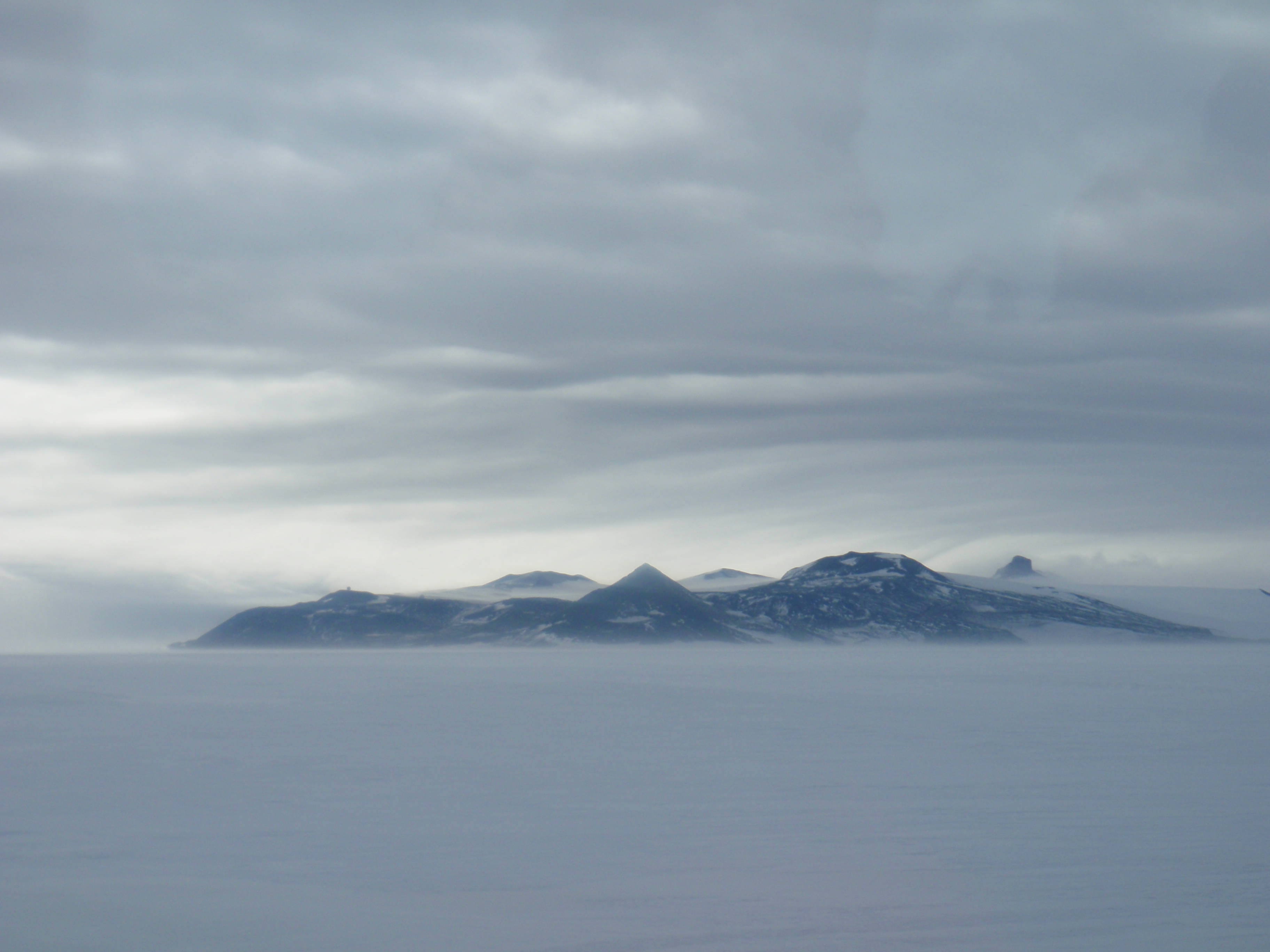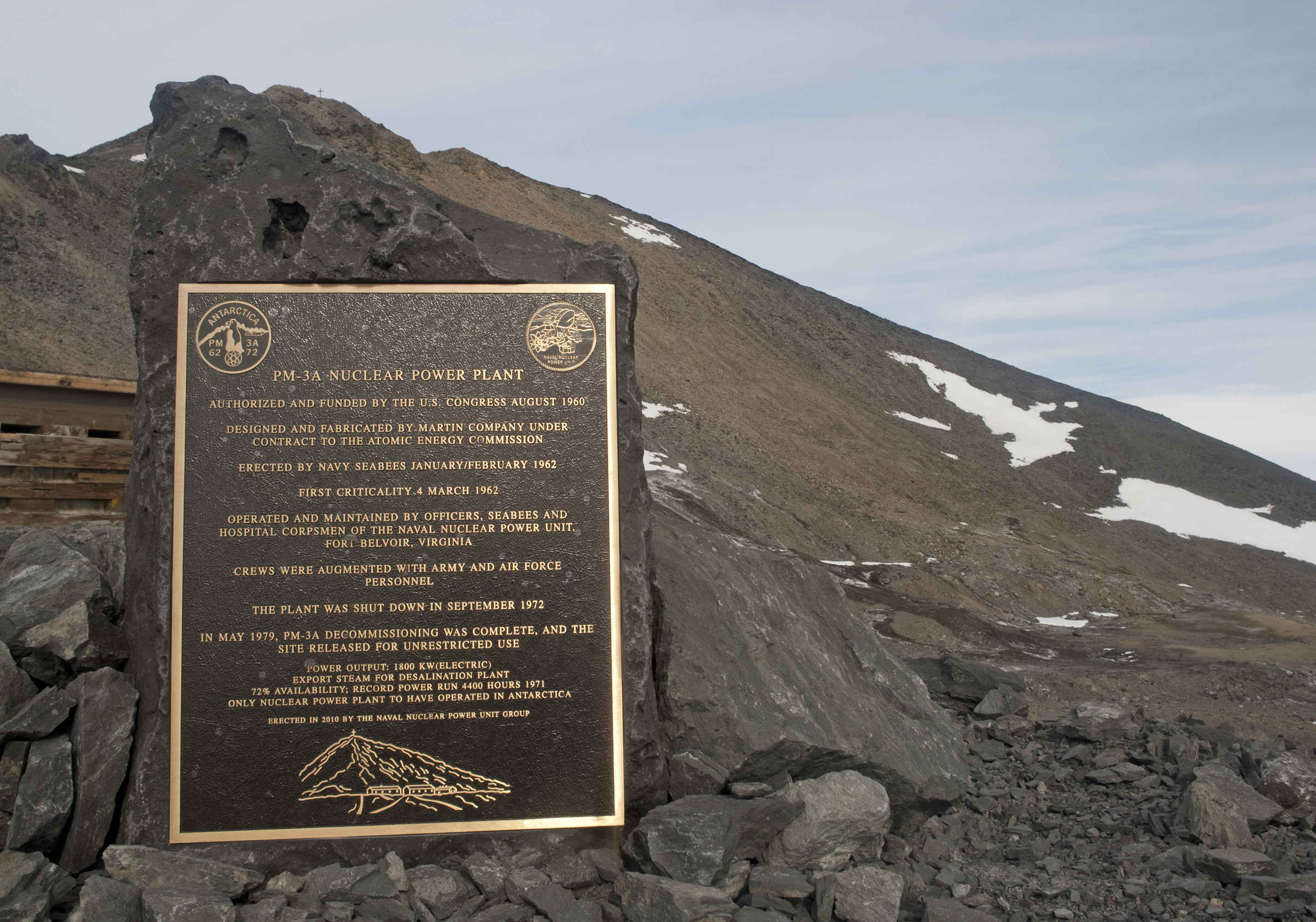|
Scanniello Peak
Scanniello Peak () is a peak which rises to 2200m and marks the highest and SW-most point of Tekapo Ridge in Kyle Hills, Ross Island. Named by Advisory Committee on Antarctic Names (US-ACAN) (2000) after Jeffrey Scanniello, long-term ASA field engineer, who was active in surveying at McMurdo and South Pole Stations from 1990; member of McMurdo Station McMurdo Station is a United States Antarctic research station on the south tip of Ross Island, which is in the New Zealand-claimed Ross Dependency on the shore of McMurdo Sound in Antarctica. It is operated by the United States through the Unit ... winter party, 1994. Mountains of Ross Island {{RossIsland-geo-stub ... [...More Info...] [...Related Items...] OR: [Wikipedia] [Google] [Baidu] |
Summit (topography)
A summit is a point on a surface that is higher in elevation than all points immediately adjacent to it. The topographic terms acme, apex, peak (mountain peak), and zenith are synonymous. The term (mountain top) is generally used only for a mountain peak that is located at some distance from the nearest point of higher elevation. For example, a big, massive rock next to the main summit of a mountain is not considered a summit. Summits near a higher peak, with some prominence or isolation, but not reaching a certain cutoff value for the quantities, are often considered ''subsummits'' (or ''subpeaks'') of the higher peak, and are considered part of the same mountain. A pyramidal peak is an exaggerated form produced by ice erosion of a mountain top. Summit may also refer to the highest point along a line, trail, or route. The highest summit in the world is Mount Everest with a height of above sea level. The first official ascent was made by Tenzing Norgay and Sir Edmund Hill ... [...More Info...] [...Related Items...] OR: [Wikipedia] [Google] [Baidu] |
Tekapo Ridge
Tekapo Ridge () is a crescent-shaped chain of low peaks, 3 nautical miles (6 km) long, in Kyle Hills, Ross Island. The ridge descends SW-NE from Scanniello Peak (c.2200 m) to Parawera Cone (c.1300 m). Named by the New Zealand Geographic Board (NZGB) (2000) after Tekapo, a New Zealand New Zealand ( mi, Aotearoa ) is an island country in the southwestern Pacific Ocean. It consists of two main landmasses—the North Island () and the South Island ()—and over 700 smaller islands. It is the sixth-largest island count ... locality where Antarctic training takes place. Ridges of Ross Island {{RossIsland-geo-stub ... [...More Info...] [...Related Items...] OR: [Wikipedia] [Google] [Baidu] |
Kyle Hills
The Kyle Hills () are a prominent group of volcanic cones, hills, ridges, and peaks that occupy the eastern part of Ross Island, Antarctica, between Mount Terror and Cape Crozier. The hills extend east–west for , rising from sea level at Cape Crozier to about in Mount McIntosh at the western end of the group. Local relief of features is on the order of . The hills were named by the Advisory Committee on Antarctic Names (2000) after Philip R. Kyle, Professor of Geochemistry at the New Mexico Institute of Mining and Technology, Socorro, who worked extensively in Antarctica over 28 field seasons, 1969–2000, completing six seasons under New Zealand Antarctic Research Program auspices, 1969–76. He was principal investigator on numerous National Science Foundation The National Science Foundation (NSF) is an independent agency of the United States government that supports fundamental research and education in all the non-medical fields of science and engineering. Its med ... [...More Info...] [...Related Items...] OR: [Wikipedia] [Google] [Baidu] |
Ross Island
Ross Island is an island formed by four volcanoes in the Ross Sea near the continent of Antarctica, off the coast of Victoria Land in McMurdo Sound. Ross Island lies within the boundaries of Ross Dependency, an area of Antarctica claimed by New Zealand. History Discovery Sir James Ross discovered it in 1840, and it was later named in honour of him by Robert F. Scott. Ross Island was the base for many of the early expeditions to Antarctica. It is the southernmost island reachable by sea. Huts built by Scott's and Shackleton's expeditions are still standing on the island, preserved as historical sites. Today Ross Island is home to New Zealand's Scott Base, and the largest Antarctic settlement, the U.S. Antarctic Program's McMurdo Station. Greenpeace established World Park Base on the island and ran it for five years, from 1987 to 1992. Geography Because of the persistent presence of the ice sheet, the island is sometimes taken to be part of the Antarctic mainland. I ... [...More Info...] [...Related Items...] OR: [Wikipedia] [Google] [Baidu] |
Advisory Committee On Antarctic Names
The Advisory Committee on Antarctic Names (ACAN or US-ACAN) is an advisory committee of the United States Board on Geographic Names responsible for recommending commemorative names for features in Antarctica. History The committee was established in 1943 as the Special Committee on Antarctic Names (SCAN). It became the Advisory Committee on Antarctic Names in 1947. Fred G. Alberts was Secretary of the Committee from 1949 to 1980. By 1959, a structured nomenclature was reached, allowing for further exploration, structured mapping of the region and a unique naming system. A 1990 ACAN gazeeter of Antarctica listed 16,000 names. Description The United States does not recognise territorial boundaries within Antarctica, so ACAN assigns names to features anywhere within the continent, in consultation with other national nomenclature bodies where appropriate, as defined by the Antarctic Treaty System. The research and staff support for the ACAN is provided by the United States Geolog ... [...More Info...] [...Related Items...] OR: [Wikipedia] [Google] [Baidu] |
Jeffrey Scanniello
Jeffrey may refer to: * Jeffrey (name), including a list of people with the name * ''Jeffrey'' (1995 film), a 1995 film by Paul Rudnick, based on Rudnick's play of the same name * ''Jeffrey'' (2016 film), a 2016 Dominican Republic documentary film *Jeffrey's, Newfoundland and Labrador, Canada *Jeffrey City, Wyoming, United States *Jeffrey Street, Sydney, Australia *Jeffrey's sketch, a sketch on American TV show ''Saturday Night Live'' *''Nurse Jeffrey'', a spin-off miniseries from the American medical drama series ''House, MD'' *Jeffreys Bay, Western Cape, South Africa People with the surname * Alexander Jeffrey (1806–1874), Scottish solicitor and historian *Charles Jeffrey (footballer) (died 1915), Scottish footballer *E. C. Jeffrey (1866–1952), Canadian-American botanist *Grant Jeffrey (1948–2012), Canadian writer *Hester C. Jeffrey (1842–1934), American activist, suffragist and community organizer *Richard Jeffrey (1926–2002), American philosopher, logician, and probabi ... [...More Info...] [...Related Items...] OR: [Wikipedia] [Google] [Baidu] |
McMurdo
Vice-Admiral Archibald McMurdo (24 September 1812 – 11 December 1875) was a Scottish naval officer and polar explorer after whom Antarctica's McMurdo Sound, McMurdo Station, McMurdo Ice Shelf, McMurdo Dry Valleys and McMurdo–South Pole Highway are named. Early life Archibald William McMurdo was born on September 24, 1812 in Scotland. He was the son of Lieutenant Colonel Archibald McMurdo and grandson of John McMurdo, a chamberlain at Drumlanrig Castle. Career McMurdo joined the Royal Navy on 6 October 1824, at the age of 12. He was promoted to Lieutenant in 1836 for his skill and courage in saving the crew of a shipwrecked whaler from hostile New Zealand natives. He achieved the rank of Commander in 1843 and Captain in 1851. His career included two discovery expeditions aboard HMS ''Terror'', the first to Hudson Bay (1836-1837), the second to Antarctica (1839-1842). In 1836 he served on HMS Volage during its voyage to East India. During the Antarctica voyage, McMur ... [...More Info...] [...Related Items...] OR: [Wikipedia] [Google] [Baidu] |
South Pole Stations
South is one of the cardinal directions or compass points. The direction is the opposite of north and is perpendicular to both east and west. Etymology The word ''south'' comes from Old English ''sūþ'', from earlier Proto-Germanic ''*sunþaz'' ("south"), possibly related to the same Proto-Indo-European root that the word ''sun'' derived from. Some languages describe south in the same way, from the fact that it is the direction of the sun at noon (in the Northern Hemisphere), like Latin meridies 'noon, south' (from medius 'middle' + dies 'day', cf English meridional), while others describe south as the right-hand side of the rising sun, like Biblical Hebrew תֵּימָן teiman 'south' from יָמִין yamin 'right', Aramaic תַּימנַא taymna from יָמִין yamin 'right' and Syriac ܬܰܝܡܢܳܐ taymna from ܝܰܡܝܺܢܳܐ yamina (hence the name of Yemen, the land to the south/right of the Levant). Navigation By convention, the ''bottom or down-facing side'' of a ... [...More Info...] [...Related Items...] OR: [Wikipedia] [Google] [Baidu] |
McMurdo Station
McMurdo Station is a United States Antarctic research station on the south tip of Ross Island, which is in the New Zealand-claimed Ross Dependency on the shore of McMurdo Sound in Antarctica. It is operated by the United States through the United States Antarctic Program (USAP), a branch of the National Science Foundation. The station is the largest community in Antarctica, capable of supporting up to 1,258 residents, and serves as one of three year-round United States Antarctic science facilities. All personnel and cargo going to or coming from Amundsen–Scott South Pole Station first pass through McMurdo. By road, McMurdo is 3 kilometres (1.9 mi) from New Zealand's smaller Scott Base. History The station takes its name from its geographic location on McMurdo Sound, named after Lieutenant Archibald McMurdo of . The ''Terror'', commanded by Irish explorer Francis Crozier, along with expedition flagship ''Erebus'' under command of James Clark Ross, first charted the a ... [...More Info...] [...Related Items...] OR: [Wikipedia] [Google] [Baidu] |


